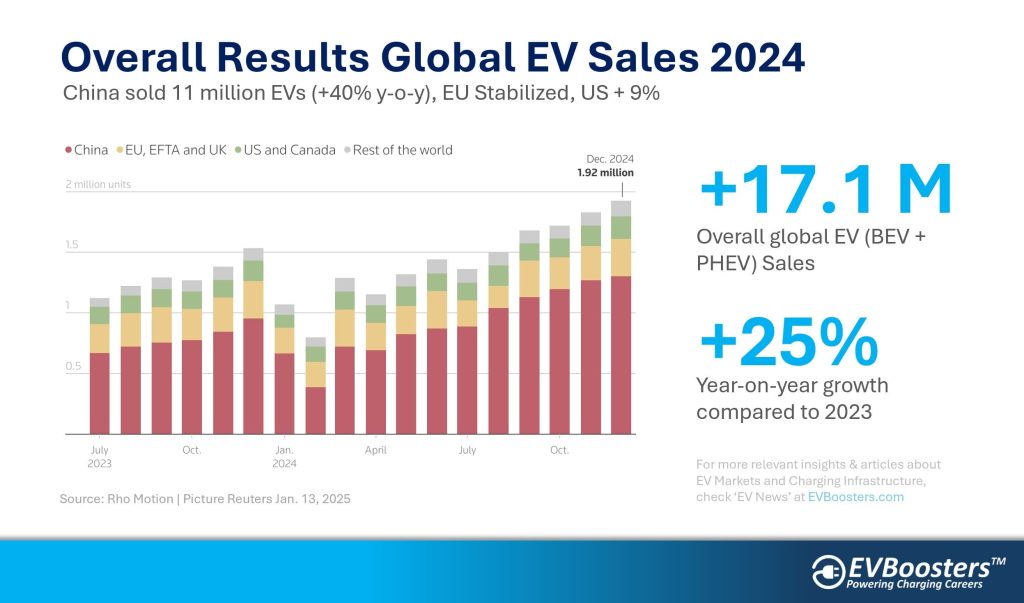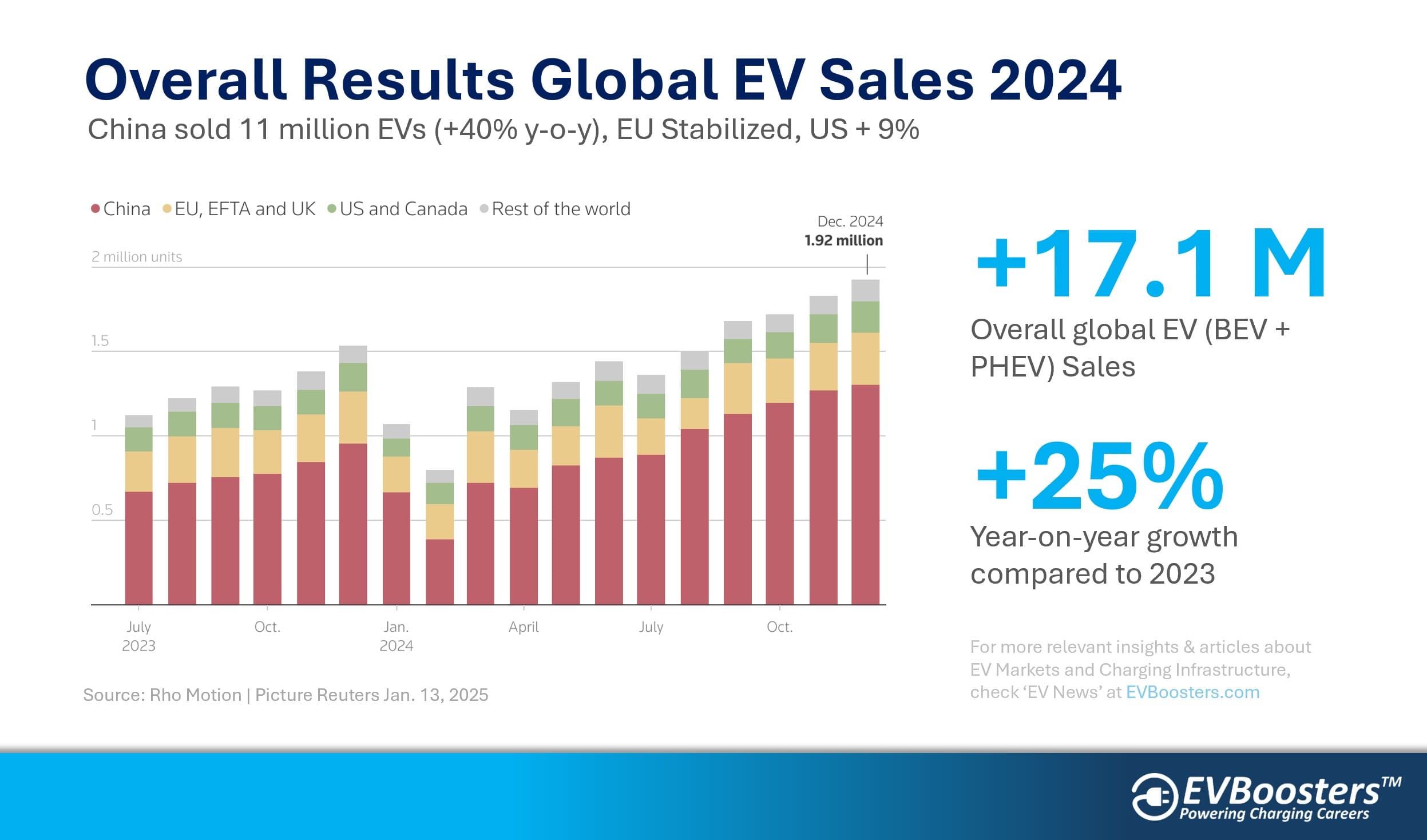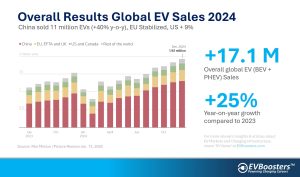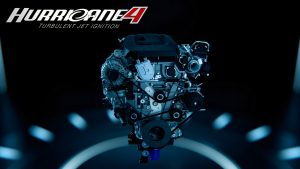

**Remarkable Increase in New Vehicle Sales Throughout Europe in September 2025**
In September 2025, the European automotive sector witnessed an impressive increase in new vehicle sales, indicating a notable turnaround for the industry. This boost in sales is linked to a mix of elements, including economic revival, governmental incentives, and the launch of cutting-edge vehicle models that have captured the attention of consumers.
**Economic Revival and Consumer Assurance**
The European economy has displayed signs of strong recovery following the obstacles posed by the global pandemic and ensuing economic setbacks. Heightened consumer assurance, spurred by better employment figures and ascending disposable incomes, has been instrumental in uplifting vehicle sales. As households regain their financial footing, many are choosing to invest in new automobiles, further propelling market expansion.
**Government Incentives and Ecological Regulations**
Across Europe, governments have rolled out a variety of incentives aimed at stimulating the acquisition of new vehicles, especially those with lower emissions. Financial aids, tax incentives, and vehicle scrappage programs have enhanced the affordability for consumers to upgrade to newer, eco-friendlier models. These measures correspond with the European Union’s dedication to lowering carbon emissions and advancing toward a more sustainable economy.
**Advancements and New Model Introductions**
Automakers have reacted to consumer preferences with a surge of inventive models that provide superior technology, increased fuel efficiency, and enhanced safety features. The rollout of electric and hybrid vehicles has been especially noteworthy, as manufacturers aim to comply with rigorous emissions regulations and address the expanding demand for sustainable transportation solutions. The allure of state-of-the-art technology, including autonomous driving capabilities and connected vehicle systems, has also drawn in tech-oriented consumers.
**Geographical Differences in Sales Expansion**
While the general trend throughout Europe is optimistic, there are significant geographical differences in sales growth. Nations with robust economic performance, such as Germany and France, have recorded the largest jumps in new vehicle registrations. Conversely, areas still facing economic hurdles have shown more modest progress. Nevertheless, the rising trend in sales is apparent across the entire continent.
**Obstacles and Future Prospects**
Despite the encouraging developments, the automotive sector continues to contend with challenges, such as supply chain disruptions and semiconductor shortages, which have affected production timelines. However, manufacturers are adjusting by broadening supply sources and investing in innovative technologies to alleviate these concerns.
Looking forward, the forecast for the European vehicle market remains positive. Ongoing economic recovery, combined with continuous governmental support and consumer enthusiasm for innovative vehicles, is projected to further stimulate growth. As the industry navigates the complexities of the contemporary market, the increase in new vehicle sales in September 2025 serves as a testament to its resilience and capacity for adaptation.






